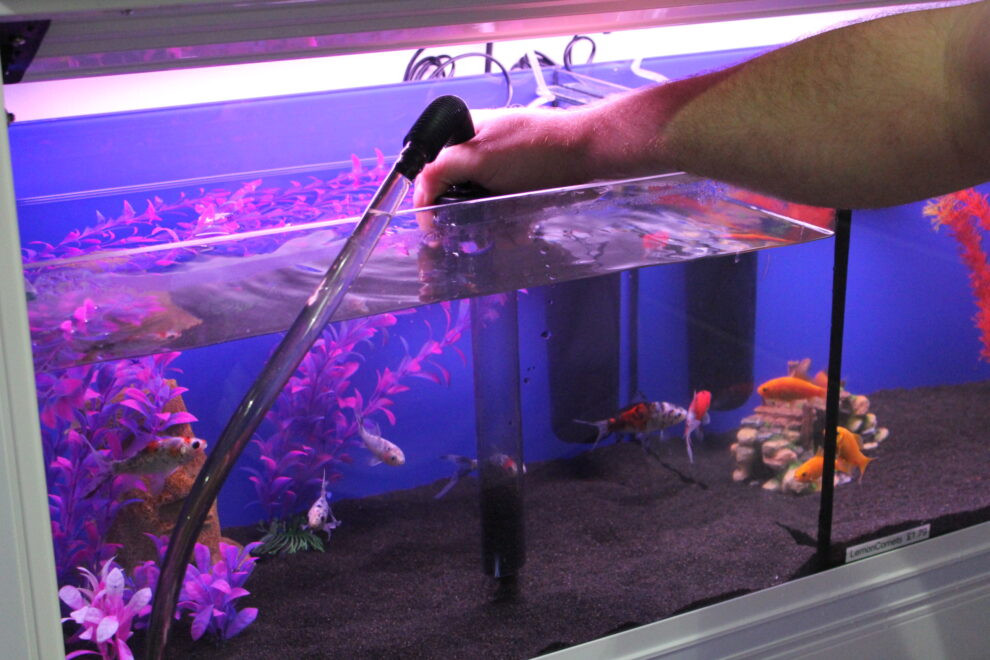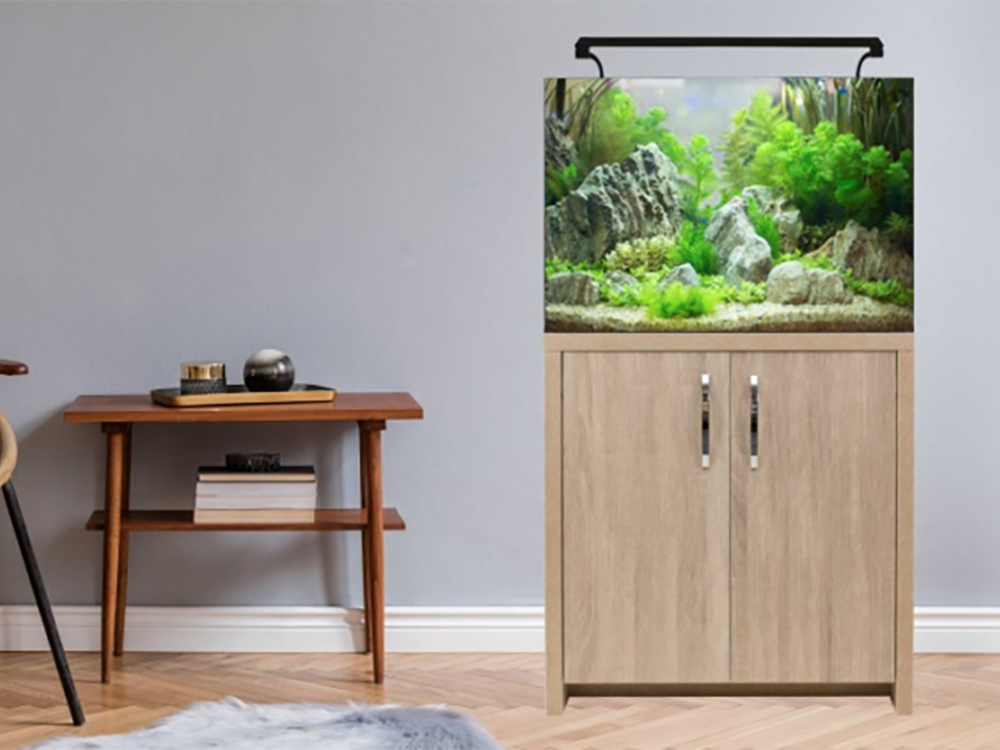How to do a water change without killing fish?
Water changes are really important for fish tanks. They lower pollutant levels and can add buffers, freshening up the fish tank and aiding fish growth.
They can also be used to remove debris from the tank, like algae and fish waste, so are a key part of a regular maintenance regime.
We have freshwater in abundance in our homes - tap water - but there are a few key things you need to do to it first to make it safe for our fish and filters, and keep our fish healthy.
Check the aquarium water temperature
Tropical fish need tank water that is around 25 Celsius. If you add too much cool water during a water change it can stress them and bring on Whitespot disease. Add way too much coldwater to a tropical tank and you may even shock and kill your fish. So it’s important when using any water change water to bring it up to a similar temperature first.
This can be done in three ways. Fill a bucket with cold tapwater and place a heater in there, letting it warm the water overnight, add some water from the hot tap, or some boiled water from a kettle. Use a floating thermometer to double-check the temperature before using it for a water change.
Dechlorinate the aquarium water
Tap water contains chlorine to kill bugs and make it safe for us to drink. That chlorine can also kill beneficial bacteria in our filters and harm fish, so we must always add a liquid dechlorinator (also known as tap safe or water conditioner,) every time we introduce new tap water to a freshwater tank.
Some water authorities have switched from using chlorine to chloramine which does a similar job but is even more stubborn to get rid of. Ask your water board which they use or only buy dechlorinators which treat chlorine and chloramine in freshwater tanks to be on the safe side. And if they treat chloramine they can also detoxify ammonia, so it's well worth having a bottle in your fish medicine cabinet.

Do a partial aquarium water change
Gone are the days of goldfish bowls where you removed the fish, cleaned the whole bowl, then refilled it. Now when you’re instructed to carry out a water change it means a partial water change, leaving all the fish, plants and decor in the main tank. Its less stressful for the fish and important biological communities are left intact in the filter and the gravel. A 25% change is a good partial water change. Check temperature, dechlorinate and pour slowly back into the tank, and you should have no problems.
If there is an emergency like high ammonia and nitrite, change 50% on a daily basis until those levels have come back down. Why not use the dirty water you’re removing to clean the filter sponge? And then use that nitrogen-rich warm water to water your houseplants?
Conduct regular partial water changes the right way using a gravel siphon, your water quality will improve in your freshwater aquarium and you will have healthy fish.
When performing a water change, adding additional bacteria may prove beneficial to the aquarium. Adding bacteria will ensure the water quality will remain consistent. Retaining bacteria is important to a well established aquarium. If you are looking to set up a brand new fish tank, filter start products are highly recommended to promote good bacteria in the aquarium.









